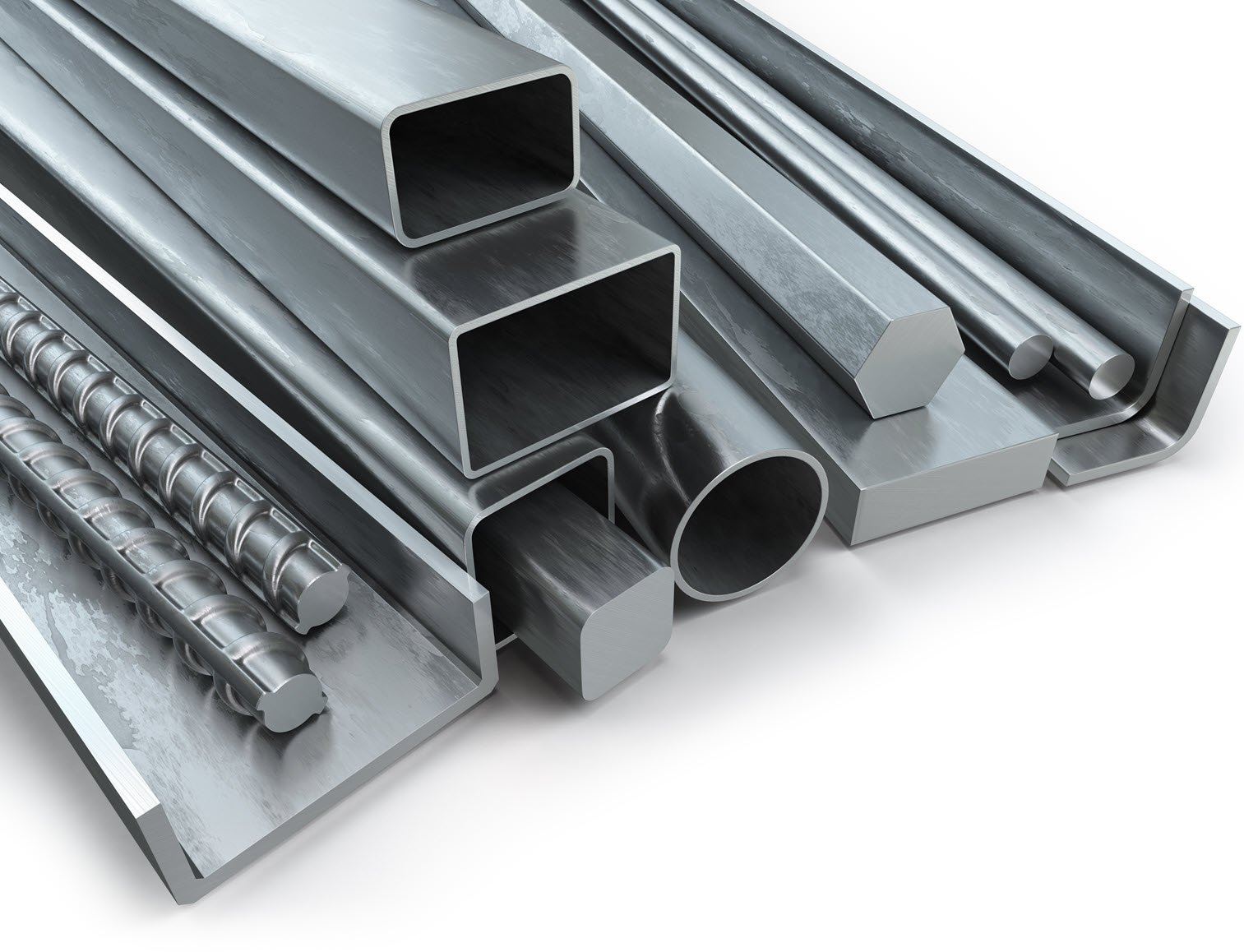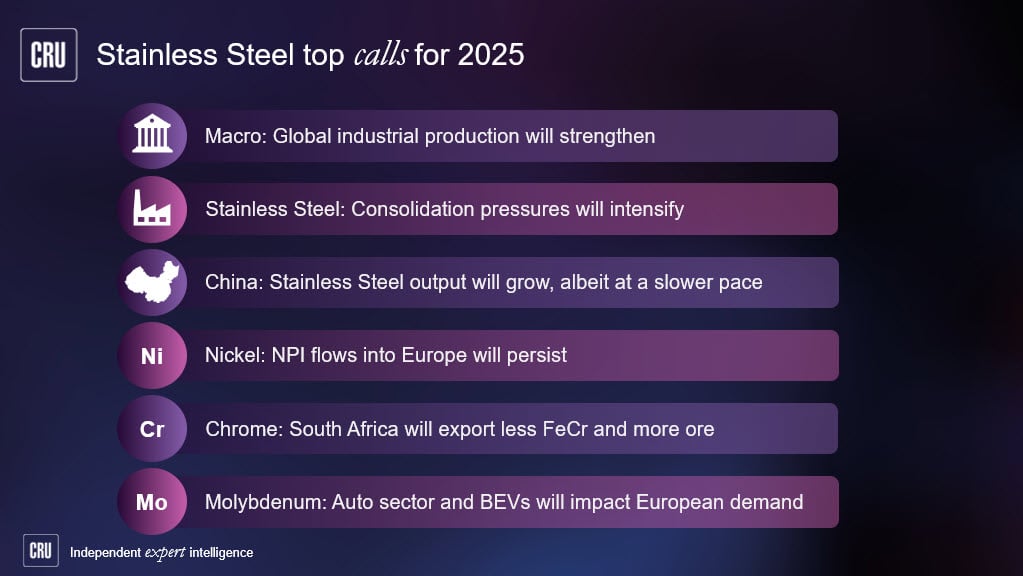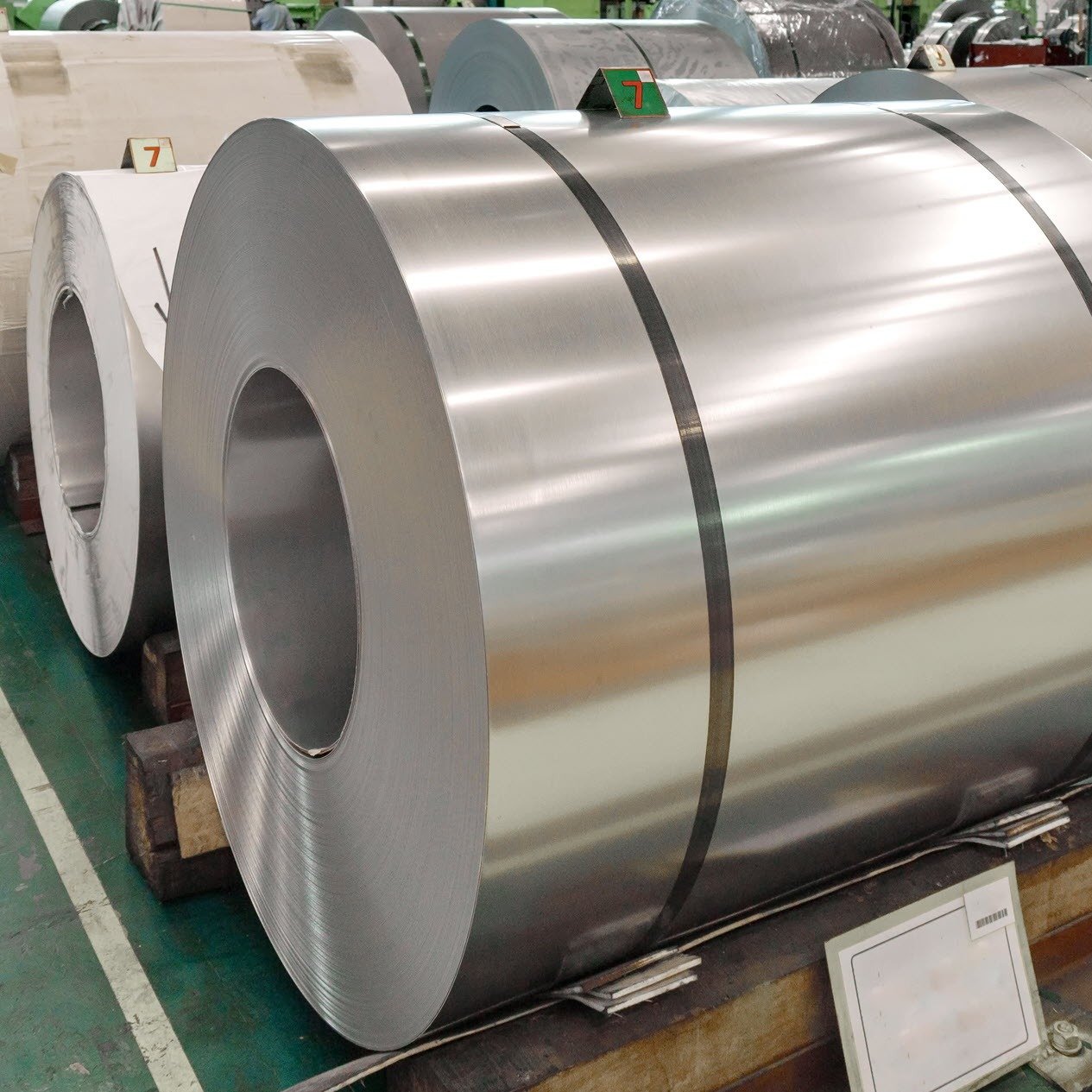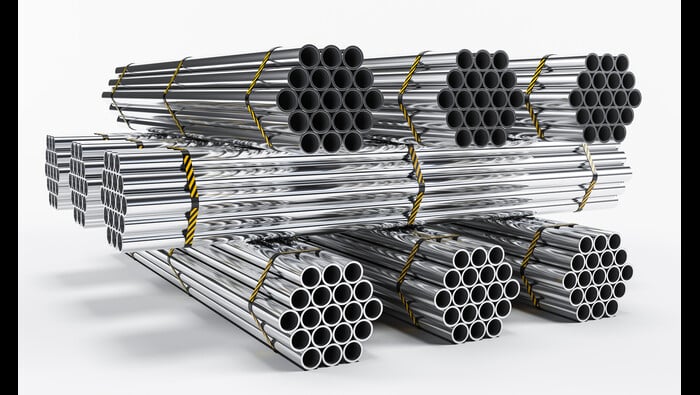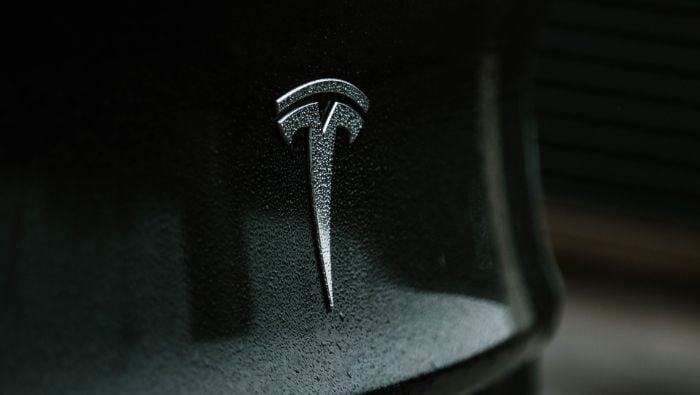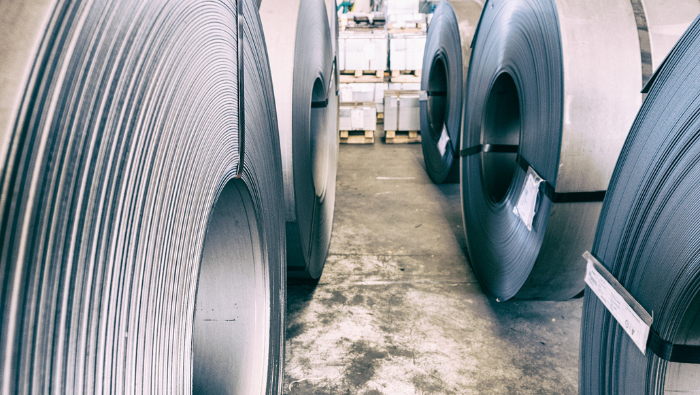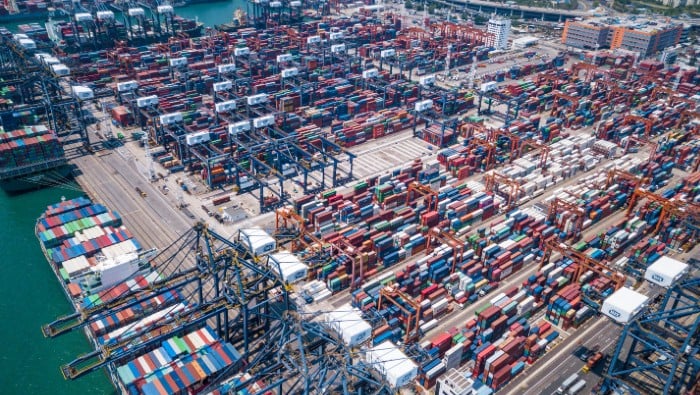Global stainless prices have exhibited strong upward momentum, especially in Europe.
In addition to recovering end-use demand in major markets since late-2020, prices have been pushed up by the cancellation of Chinese export tax rebates and ongoing supply tightness in international markets.
CRU expects this price momentum will continue in the coming weeks, supported by a mismatch between supply and demand, as well as rumours of a potential export tax in China. We forecast prices will decline in 2022, as the market returns to a more normal cycle. In this Insight, we identify the key factors that have contributed to the current price rally and present what we expect from now on. More in-depth analysis is available in CRU’s stainless steel market services.
Underlying demand for stainless remains firm
Demand from key end users is strong worldwide. In the USA, even sectors that were hit hard by Covid-19, including hospitality and energy, are now surging above pre-pandemic levels as more states lift lockdown measures. With more people travelling, higher oil prices and increasingly bullish oil market sentiment have contributed to strengthening demand from the energy sector. WTI prices have rebounded to ~$70 /bbl, the highest level this index has seen since October 2018. In the meantime, while auto production is being undermined by a shortage of semiconductors, it has yet to impact stainless steel demand to any meaningful degree.
In Europe, stainless demand has also improved. The Eurozone manufacturing PMI reached another record-high for a third consecutive month in May. Home appliances remain one of the strongest sectors, whilst demand from industrial segments is improving too, with Germany at the centre of this. Positive developments, including the easing of Covid-19 restrictions, and a solid pace of vaccination rates, have led the services PMI to expansionary territory and a three-year high. Elsewhere, despite some signs of softer activity since early-Q2, Chinese demand has been robust year-to-date, thanks to its quicker-than-usual rebound after the Chinese New Year (CNY) holidays and strong performance throughout Q1.
Stainless supply struggles to keep up with demand
Despite strong demand, production in the USA has not reached full capacity. The absence of ATI from the market caused by an ongoing labour strike, coupled with, in our understanding, an inability or unwillingness by one mill to increase production continues to keep buyers on strict allocation. Meanwhile, import availability remains limited partly due to tightness in the global market. In particular, availability from India has waned because of the seriousness of the pandemic there.
US buyers report they are receiving less material than they ordered and that, once delivered, the outstanding balance owed to them is cancelled by the mill. Small- and medium-sized service centres are getting almost no material at all in some cases. Consequently, most buyers are more concerned about securing material than the price they pay for it. For this reason, recent base price increases met little resistance.
In China, crude stainless production recovered strongly in March following seasonal cutbacks during CNY, however, it started to decline thereafter. This is partly attributed to softer domestic demand and the recent removal of export tax rebates. Moreover, growing stainless output in Indonesia has been displacing some less economic production in China.
Chinese VAT rebate removal adds to European tightness
Following the tax rebate cancellation announcement in China at end-April, European importers have been facing a scarcity of offers from the broader Asian market, coupled with stronger prices from certain producers, part of which come from AD duties imposed on Indian and Indonesian CR products. Furthermore, there is a risk the situation could become even tighter if China imposes an export tax on steel that has not been confirmed as yet.
Some European buyers of Asian stainless have been asked to re-negotiate existing contracts, while for new orders they are being quoted higher prices. Moreover, European buyers of CR coil or sheet from Asian re-rollers have seen offer prices for these products increase. Indeed, with Indonesia raising its HR coil offers immediately after China’s tax rebate cancellation announcement, Asian re-rollers that buy HR coil from China and Indonesia incurred higher input costs. Prices of other stainless products imported from China, such as pipe and tube, have also risen.
South Korea has been offering very limited volumes to Europe for several months as it is prioritising domestic customers and has one eye on an ongoing investigation into HR imports. Exports from Taiwan (China) are limited, with sellers saying they are waiting for a decision on the EU safeguards system after the current period expires at end-June. In fact, this is a source of uncertainty for imports from all regions.
2022 will feel more like a normal year, uncertainty to remain
Our 2021 H2 stainless price forecasts have been revised up since the start of the year on an increasingly tight market and stronger-than-expected raw material prices. What is more, we see upside risks that could lead to elevated prices throughout the year.
While stainless prices have been stronger for longer, CRU retains the view the current price rally does not signal a supercycle. We expect some signs of easing will emerge in 2021 H2, before the market returns to a more normal cycle in 2022. The market will slow in a gradual manner as supply/demand fundamentals will continue to lend support to prices.
In the coming months, the following factors will be key drivers of stainless prices:
- The imposition of an export tax in China. Should the government impose the tax, which is the most likely outcome, stronger Chinese export prices will lift the global price floor.
- Trade restrictions in key markets. Major trade policies, including Section 232 in the USA, as well as safeguard measures and AD duties in the EU, will continue to restrict supply from Asia. Therefore, these policies will provide support to regional prices elsewhere.
- Underlying demand strength. As Covid-19 measures are lifted and spending shifts from consumer goods to services, coupled with increased business investment, overall demand for stainless is forecast to continue to recover.
- Consumers’ concerns over security of supply. This has become a major theme this year and will remain so at least in 2022. After a prolonged period of supply tightness, consumers will prioritise security of supply over pricing.
- Raw material prices. While our base-case scenario is that nickel prices will decline from 2021 Q4, investors’ interest in commodities could keep prices higher for longer.
Make informed decisions
With stainless steel prices at multi-year highs, uncertainty levels are also elevated. While the fundamentals across the stainless value chain point towards a gradual price decline in the next two quarters, several factors generate uncertainty that could extend the price rally well into 2022 or lead to a steeper-than-expected price correction in 2021 H2. CRU’s stainless steel market analysis and price services can support your business intelligence needs. We encourage you to explore our stainless steel services and discuss with us by completing the form below.






